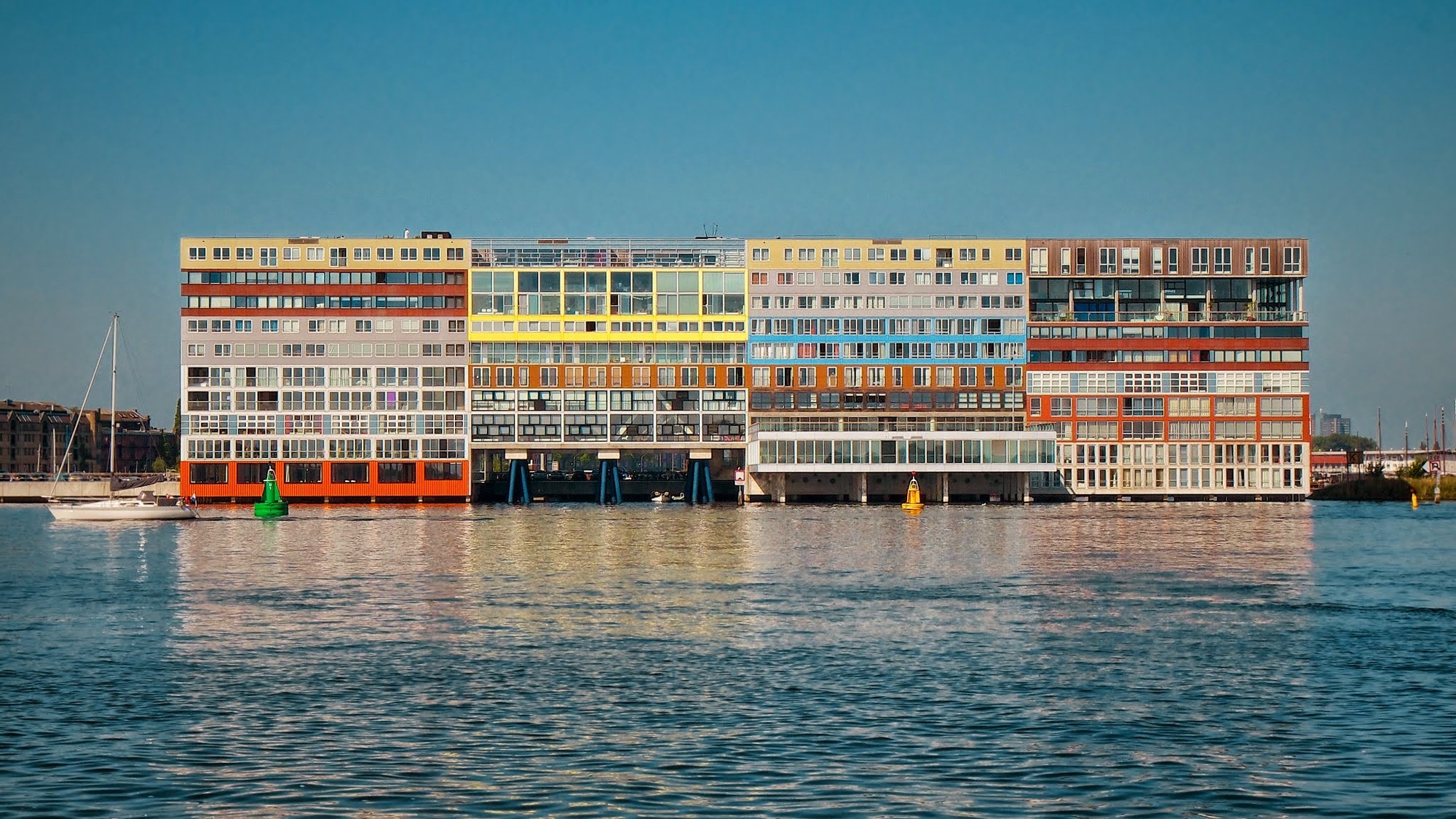.jpg?1562755293)
This article was originally published on Common Edge.
As the architecture and interior design professions have advanced through the centuries, so too have their tools, from drawing on parchment in the Middle Ages to drafting on vellum with graphite in the 20th century. Today, tools like Revit and numerous 3D-modeling programs allow users to create an image of a design more quickly than ever before; in some cases, programs even generate elevations and details. Digital imagery of finish materials and 3D-block libraries of furniture and fixtures allow us to create an entire project without any tactile interaction with the items or finishes specified. But these tools, and the instant gratification offered by them, raise critical questions: Are architects and interior designers losing the physical aspect of design? Has our relationship with the physical qualities of design been watered down because we no longer have to draw a chair or bathtub, but can simply download them, thereby losing the intimacy of working out the details ourselves?








